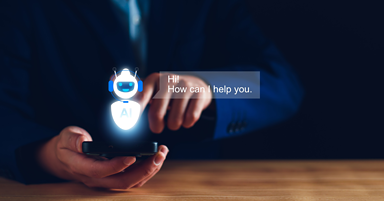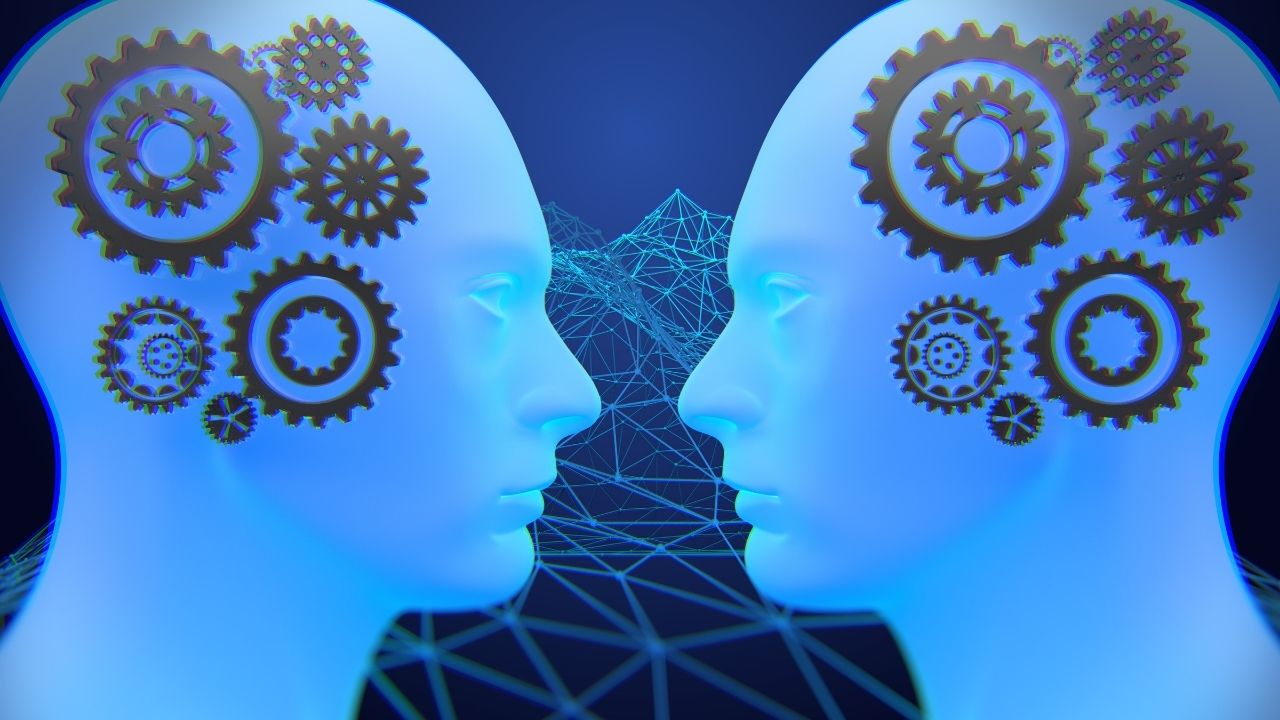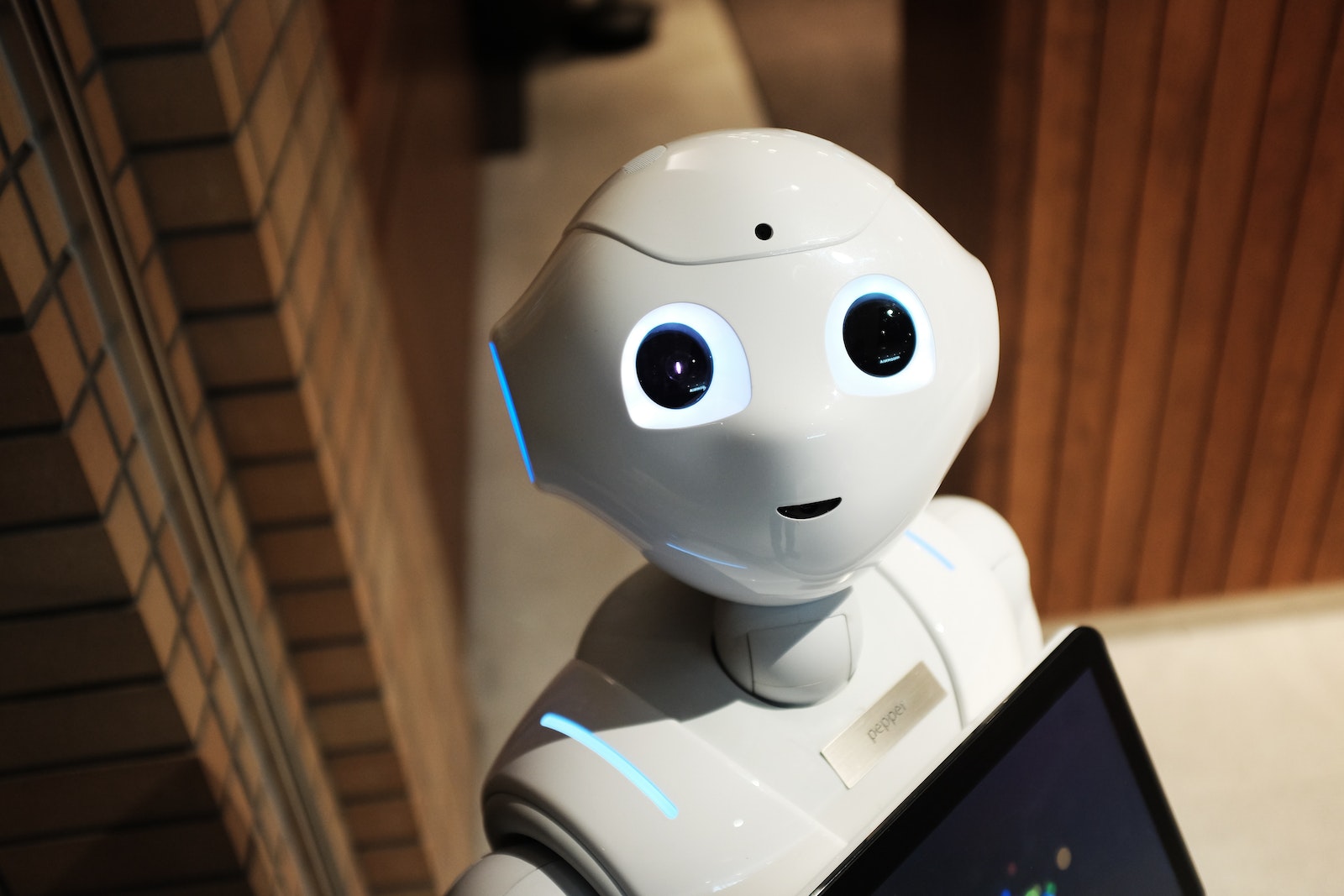Table of Contents
Artificial intelligence (AI) has been a buzzword in various industries, including manufacturing. It offers the potential to automate and optimize processes that were once time-consuming and prone to errors.
Kaizen, on the other hand, is a Japanese business philosophy that focuses on continuous improvement through small and incremental changes. By integrating AI tools with Kaizen principles, businesses can achieve even more significant improvements in their operations.
The combination of AI and Kaizen allows companies to identify areas for improvement and implement changes quickly. AI tools can analyze large amounts of data from various sources, enabling decision-makers to pinpoint inefficiencies accurately. Then, using Kaizen’s approach of continuous improvement, businesses can make small adjustments until they reach optimal performance levels.
This article explores how AI tools are used in combination with Kaizen principles to achieve operational excellence. We will examine the benefits of this integration as well as case studies of successful implementation across different industries.
Key Takeaways
- AI tools can analyze large amounts of data to pinpoint inefficiencies in a process.
- Combining AI tools with kaizen techniques can result in measurable improvements in efficiency, quality, and cost savings.
- Root cause analysis and data analysis are two approaches to identifying areas for improvement in kaizen.
- Toyota and Procter & Gamble have successfully implemented AI tools in combination with kaizen for decades, resulting in significant improvements in their processes.
Understanding AI and Kaizen
The present discussion pertains to comprehending the integration of artificial intelligence tools with the principles of continuous improvement, commonly known as Kaizen. AI applications have been a hot topic in recent years due to their ability to analyze and process vast amounts of data at an incredible speed and accuracy. This technology has opened up new opportunities for businesses to optimize their operations by leveraging machine learning algorithms, natural language processing, and robotics.

Kaizen techniques are focused on enhancing productivity and quality while minimizing waste through continuous improvements. The combination of AI applications and Kaizen techniques has the potential to revolutionize business processes by providing real-time data insights that can help identify inefficiencies and potential areas for improvement.
By automating certain tasks using robots or other intelligent automation systems, companies can save time, reduce costs, improve quality control processes, and boost overall efficiency levels within their organization.
Identifying Areas for Improvement
Identifying areas in need of improvement is a crucial step towards enhancing operational efficiency and productivity within an organization. To effectively identify these areas, companies typically employ two approaches:
- Root cause analysis involves identifying the underlying factors that lead to a problem.
- Data analysis entails using quantitative methods to analyze large sets of data to uncover patterns and trends.
In addition, organizations may also consider the following practices when identifying areas for improvement:
- Conducting regular audits to assess existing processes and identify gaps
- Soliciting feedback from employees on potential areas for improvement
- Benchmarking against industry best practices
By employing these techniques, companies can gain a better understanding of their operations and make informed decisions about which areas require further attention. Furthermore, using AI tools in combination with Kaizen can help streamline this process by automating certain aspects of root cause and data analysis, allowing organizations to identify opportunities for improvement more quickly and efficiently.
Implementing Changes
The implementation of changes is a crucial step in achieving continuous improvement in any organization.
Creating a culture that encourages employees to actively participate in the process can lead to better outcomes.
In addition, incorporating AI insights into decision-making processes can provide valuable guidance for selecting and implementing changes that will have the greatest impact on overall performance.
Creating a Culture of Continuous Improvement
Establishing a culture of continuous improvement is crucial for maximizing the benefits of AI tools in conjunction with kaizen, as it fosters an environment where learning and growth are valued above all else. This kind of workplace culture encourages employees to take ownership of their work processes, which in turn leads to greater employee empowerment. By empowering employees, they are more likely to feel invested in the success of their organization and motivated to seek out new ways to improve their work.
Leadership support is also essential in creating a culture of continuous improvement. Leaders must set the tone by modeling behaviors that promote continuous learning and improvement. They should encourage their teams to experiment with new ideas and solutions, while also providing them with the necessary resources and support.

When leaders actively participate in the process of continual improvement, employees are more likely to follow suit. In this way, leaders can help create a culture where everyone feels empowered to contribute towards organizational growth through small incremental improvements over time.
Encouraging Employee Involvement
Encouraging employee involvement in the process of continuous improvement can create a sense of ownership and empowerment, leading to a workplace culture that values growth and innovation. This includes providing opportunities for employees to share their ideas, opinions, and suggestions related to quality improvement projects. Employee engagement is critical because it helps in identifying potential problems earlier and generating solutions faster.
Additionally, employee engagement contributes to building trust between management and employees by involving them in decision-making processes. Effective communication strategies are essential for encouraging employee involvement in continuous improvement initiatives. It is vital for companies to communicate the purpose of quality improvement projects clearly, explaining why they are necessary and what benefits will be gained from their implementation.
Communication should also be ongoing throughout the project’s lifecycle, ensuring that everyone stays informed about progress made towards achieving project goals. Moreover, companies must provide feedback on how employee contributions have impacted the project’s success or failure. By doing so, employees feel valued and appreciated for their efforts in driving change within the organization.
Implementing Changes Based on AI Insights
Implementing changes based on insights gained from artificial intelligence can greatly enhance the continuous improvement process of an organization. AI tools provide a data-driven approach to identify areas that require improvement and recommend solutions that may have been overlooked through traditional methods.

By using AI, organizations can measure the impact of their decisions and determine if the implemented changes have led to desired outcomes. This results in a more efficient and effective process, reducing waste and increasing productivity.
Furthermore, AI insights can help organizations make better data-driven decisions by providing accurate and reliable information. With AI tools analyzing large amounts of data, organizations can identify patterns and trends that would be difficult or impossible to detect through manual analysis.
By incorporating these insights into decision-making processes, organizations can ensure that they are making informed choices based on objective evidence rather than subjective opinions or guesswork. Overall, this leads to a more effective continuous improvement process that drives organizational success.
Benefits of Combining AI and Kaizen
The integration of AI with Kaizen has the potential to provide significant benefits in terms of increased efficiency, data-driven decision making, and overall process improvement. By combining AI tools with the continuous improvement methodology of Kaizen, organizations can leverage the power of machine learning and predictive analytics to identify areas for optimization, streamline processes, and reduce waste.
One major benefit of combining AI with Kaizen is improved productivity. With AI-powered systems analyzing large amounts of data in real-time, organizations can identify bottlenecks and inefficiencies that would be difficult or impossible to detect manually. This allows teams to focus their efforts on high-value tasks and make data-driven decisions that optimize performance.
Additionally, by automating repetitive tasks using robotic process automation (RPA) or other AI technologies, organizations can free up valuable human resources to focus on more strategic initiatives. Overall, the combination of AI and Kaizen provides a powerful framework for continuous improvement that drives long-term success for businesses across industries.
Case Studies of Successful Implementation
Several organizations have successfully integrated machine learning and continuous improvement methodologies to achieve significant process optimization and waste reduction. One such example is Toyota, which has been using AI tools in combination with kaizen to improve its manufacturing processes for decades.
In one instance, the company used deep learning algorithms to analyze images of engine parts and identify defects that were invisible to the human eye. By automating this inspection process, Toyota was able to increase efficiency while reducing defects by 10%.
Another notable case study is that of Procter & Gamble (P&G), which implemented a data-driven approach to continuous improvement across its global supply chain. The company used machine learning algorithms to analyze vast amounts of data from sensors placed throughout its manufacturing facilities, identifying patterns and anomalies that could be addressed through kaizen initiatives.
As a result of this approach, P&G was able to reduce waste by 50% while increasing production output by 8%. These real-life examples demonstrate the potential benefits of combining AI tools with kaizen methodologies, resulting in measurable improvements in efficiency, quality, and cost savings.

Frequently Asked Questions
How does the use of AI in Kaizen affect the role of human workers in the improvement process?
The role of automation in the improvement process impacts productivity, but the use of AI does not eliminate human workers. Instead, it can enhance their role by providing data-driven insights and streamlining processes, ultimately leading to more efficient and effective kaizen practices.
What are some potential drawbacks or limitations of implementing AI in Kaizen?
The limitations of AI in the context of Kaizen may have an impact on workers. These may include limited decision-making abilities, lack of adaptability to changing circumstances and potential loss of jobs.
Are there any specific industries or types of businesses that would benefit more from combining AI and Kaizen?
Automation efficiency can benefit various industries with specific applications, such as manufacturing, healthcare, and finance. Combining kaizen principles with AI tools can improve process optimization and reduce waste in these sectors.
How can companies ensure the accuracy and reliability of the data used by AI tools in the Kaizen process?
Data verification and AI auditing are crucial for ensuring the accuracy and reliability of data used in any AI application. Various techniques, such as statistical analysis and algorithmic transparency, can be employed to validate the integrity of the data before it is utilized in the process.
What are some potential ethical considerations that arise when using AI in conjunction with Kaizen?
When using AI in any context, ethical considerations must be taken into account. Moral implications surrounding AI ethics arise, and transparency and accountability are necessary to prevent harm. Technical analysis is required for detail-oriented evaluation of potential risks.




1 thought on “Ai Tools Used In Combination With Kaizen”
Comments are closed.